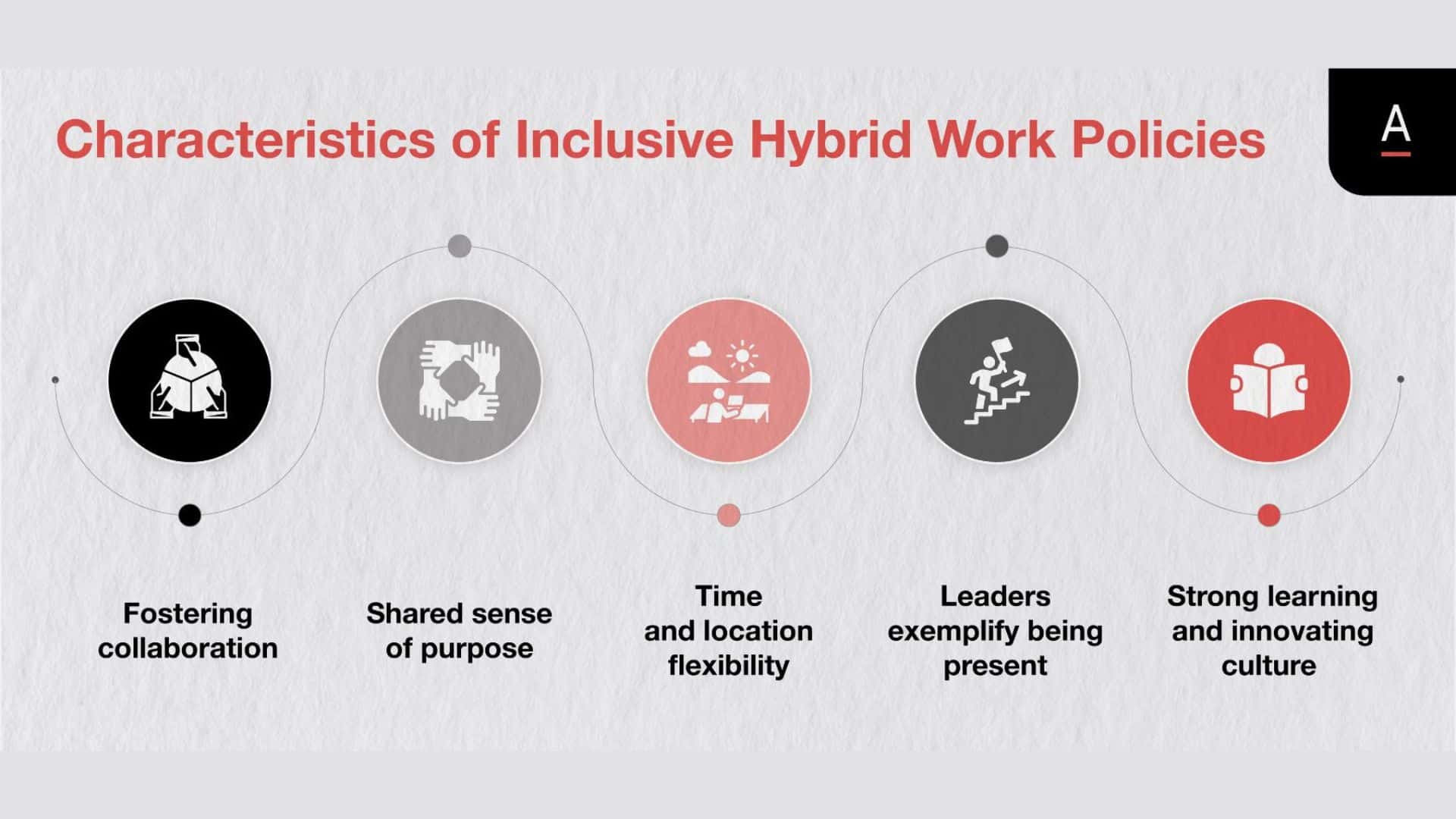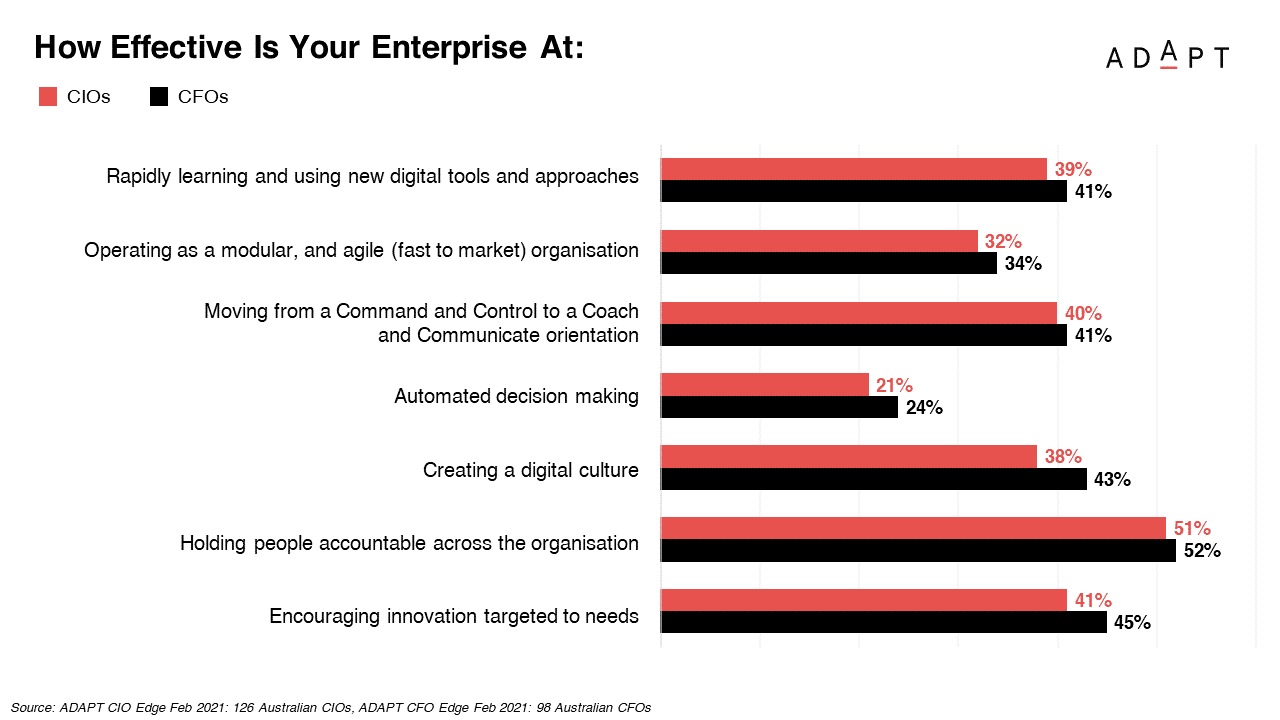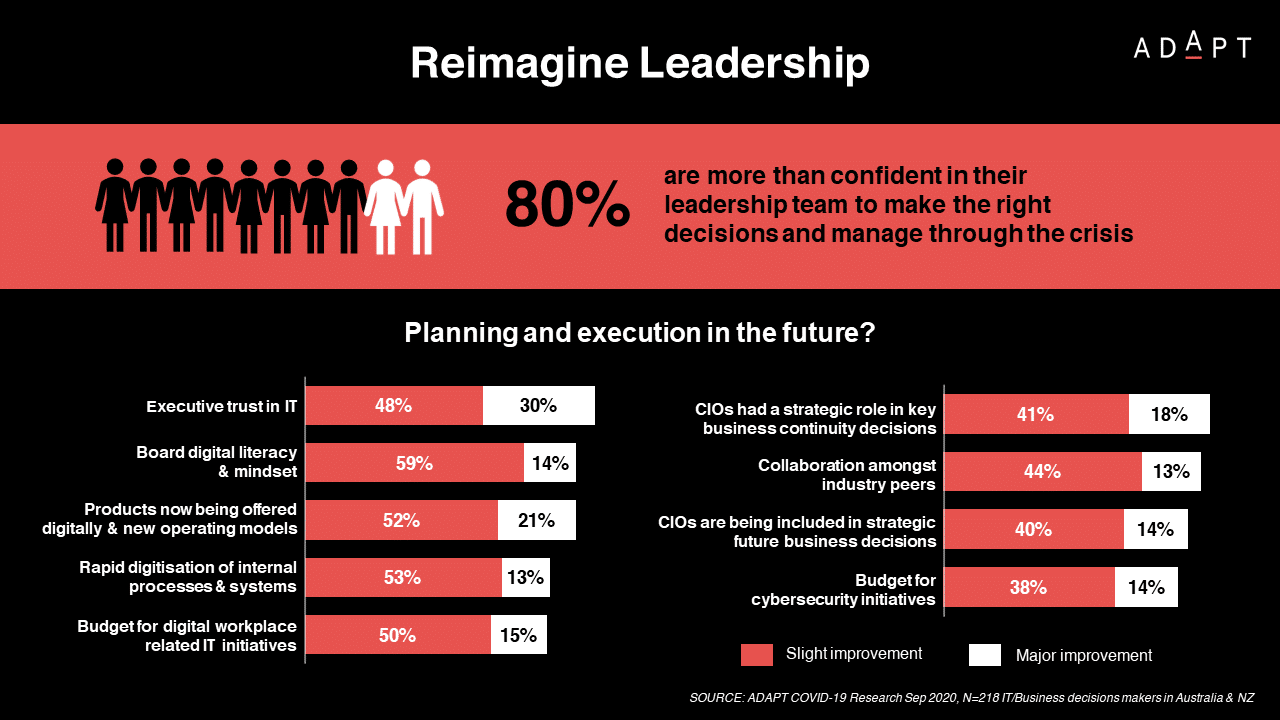5 Key Characteristics of Inclusion for Hybrid Work Policies
To achieve fairness, maximise performance, and maintain cultural coherence, employers must consider the following five practical characteristics of inclusion when developing hybrid policies and negotiating new working arrangements.
Hybrid work has become a permanent fixture in the workplace. However, this new way of working has the potential to exacerbate existing inequalities and create new ones.
To ensure that businesses are ready for the future, it is essential to develop employee experience guidelines that prioritise inclusion over distractions. These guidelines should focus on creating integrated experience strategies that align with the organisational purpose while empowering employees.
To achieve fairness, maximise performance, and maintain cultural coherence, employers must consider the following five practical characteristics of inclusion when developing hybrid policies and negotiating new working arrangements.
By doing so, they can create an environment where all employees feel valued and supported regardless of their work location.
To learn more about best practices for developing integrated experience, ADAPT’s Research and Advisory Clients can read the full report, Five Best Practices for the Future of Work.

1. Reduce Distance and Foster Empathy in Your Team
As a leader, there are several ways you can reduce distance and dispersion among your team. Encourage open inquiry by promoting dialogue and asking questions. Leaders must demonstrate vulnerability and empathy, rather than just focusing on productivity.
In a volatile external environment, it’s crucial to have quick communication and distributed decision-making rights to maintain operational stability.
One way to do this is through digital empowerment, which provides easy access to insights and promotes collaboration and participation, rather than just giving orders.
To create an environment of empathy and support, leaders must be self-aware and acknowledge their weaknesses and vulnerabilities. This helps to foster genuine communication with staff and promotes a culture of openness and understanding. By following these steps, you can help bring your team together and achieve success together.
To learn more about best practices for developing integrated experience, ADAPT’s Research and Advisory Clients can read the full report, Five Best Practices for the Future of Work.

2. Driving Cross-Functional Creativity and Collaboration
To create a cohesive work environment, it’s important for teams to have a shared purpose, sense of belonging, and tenure. This leads to increased customer focus, collaboration, and engagement among colleagues. It also promotes self-organisation, psychological safety, and collective teamwork.
To rejuvenate and refocus, individuals can take on temporary assignments or engage in off-project development. Leaders can also drive cross-functional creativity and collaboration by providing opportunities for staff to develop shared skill sets through secondments.
Instead of solely focusing on output, leaders should prioritise meaningful and purposeful learning opportunities. Measurable outcomes should be included in the product backlog to prioritise development.
When reorganising, it’s crucial to do so with intention, connection, and purpose.
By implementing these strategies, leaders can foster a more collaborative and engaged work environment.
To learn more about best practices for developing integrated experience, ADAPT’s Research and Advisory Clients can read the full report, Five Best Practices for the Future of Work.

3. Allowing Time and Location Flexibility to Support a Collaborative Work Environment
In hybrid operational environments, it’s important for leaders to adopt new styles of leadership. One way to do this is by asking inclusive questions and understanding when employees need a physical presence, virtual presence, or space to work independently.
Leaders should create policies that prioritise virtual closeness and satisfy the needs of those who seek interaction or prefer to deliberate independently.
For a cohesive employee experience, successful operations are necessary. Leaders should align time zones, competencies, learning and development, and shared outcomes. It’s also important to redesign work processes to be more transparent, straightforward, and modular.
Residual presenteeism can be a problem in environments that call for physical presence, such as education, society, and the workplace. To combat this, leaders should prioritise flexibility over rigidity and create strategies to reduce lingering presenteeism.
Finally, leaders should allow teams and individuals to decide on behaviours that fit their lifestyles and help achieve organisational goals by providing appropriate time and location flexibility.
To learn more about best practices for developing integrated experience, ADAPT’s Research and Advisory Clients can read the full report, Five Best Practices for the Future of Work.

4. Avoiding Interruptions to Build a Strong Culture in Your Digital Workplace
To create trust in a digital workplace, it’s important to act in positive ways that leave no room for misinterpretation.
Your staff will take notice of your actions, not just your intentions. Even if you have noble intentions, lacking courage, composure, or curiosity can undermine them.
Behaviours create a company’s culture, and specific behaviours will impact every strategy. That’s why it’s important to design experiences that motivate your staff. You can measure the fluidity of experience using rates of applied learning, shifts in search weariness, and the simplicity of asynchronous interaction.
Applied learning refers to how well your staff engages with learning outcomes. To analyse search fatigue, consider the people, systems, and expertise queries that were made, answered, dropped, and reframed.
It’s also important to analyse how engaged participants are in cognitive flow compared to outside distractions like message alerts, meeting times, and administrative activities.
To foster more uplifting involvement, avoid interruptions as much as possible. By focusing on positive actions and designing motivating experiences, you can build a strong culture in your digital workplace.
To learn more about best practices for developing integrated experience, ADAPT’s Research and Advisory Clients can read the full report, Five Best Practices for the Future of Work.

5. Innovation and Cross-Selling as Strong Organisational Drivers
ADAPT suggests that one strong driver for organisations is the potential for future growth through innovation and cross-selling. To assess this, you can analyse revenue generated by sales of new goods and services created in the last three years.
You can also calculate profits from cross-selling, which means understanding and satisfying more of a customer’s needs through data and ecosystems.
Businesses that understand the risk of decision paralysis during uncertain times can benefit greatly from innovation and cross-selling. ADAPT’s benchmarks suggest that these strategies can produce up to 40% of annual revenue.
It’s important to note that inaction can cost money and impact future sales. As a leader, you must demonstrate how innovation can create new markets and convince your CEO and Board of Directors of your ideas.
To achieve success in innovation and cross-selling, continuous experimentation, assessment, and application of findings are necessary. You must also consider the cost of doing nothing and the potential missed opportunities.
By focusing on these strategies and constantly adapting, you can drive growth and create a more prosperous future for your organisation.
ADAPT gathers Australia’s top CHROs and Heads of People & Change driving collaboration and performance at People Edge.
To learn more about best practices for developing integrated experience, ADAPT’s Research and Advisory Clients can read the full report, Five Best Practices for the Future of Work.

























